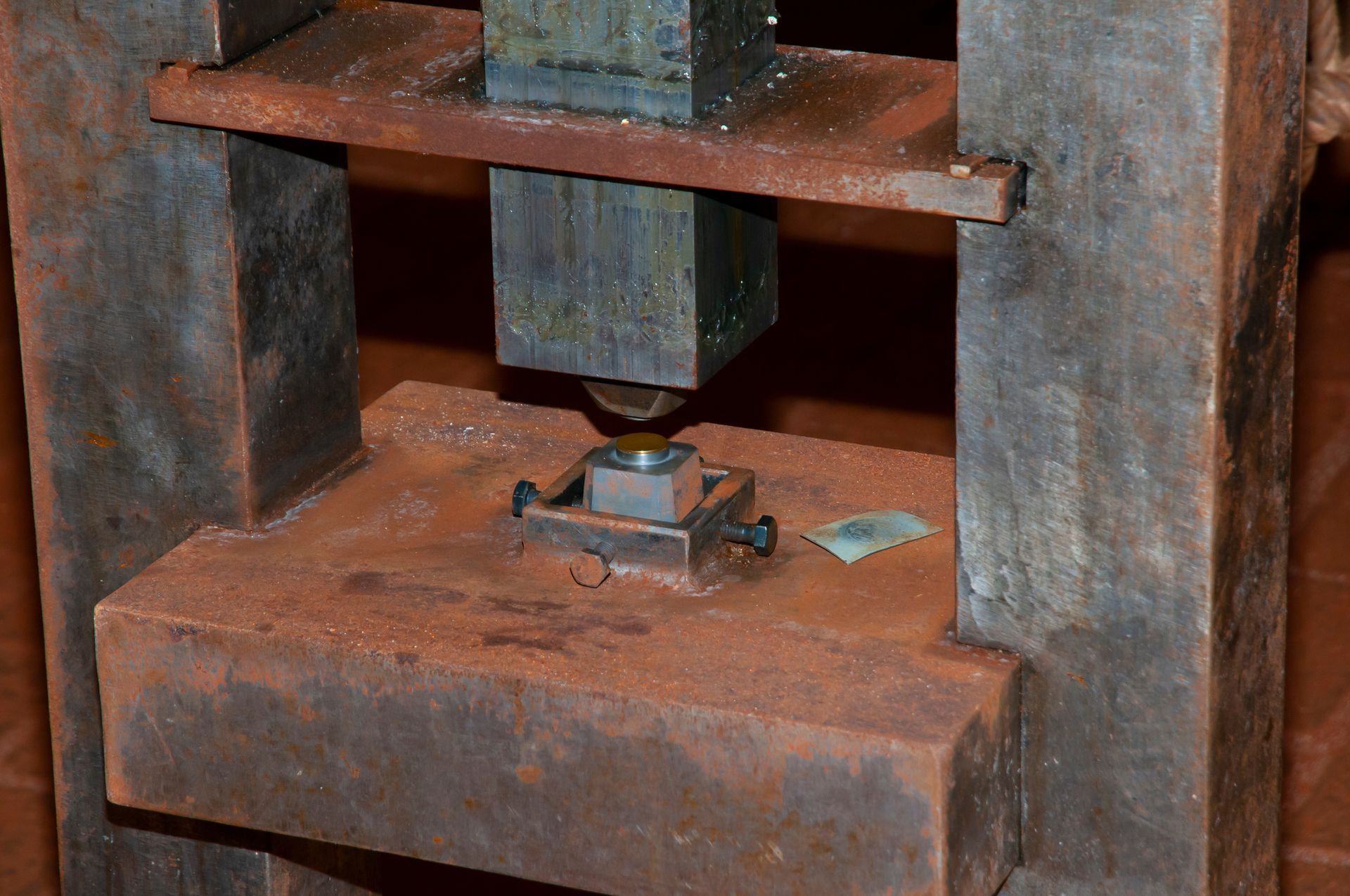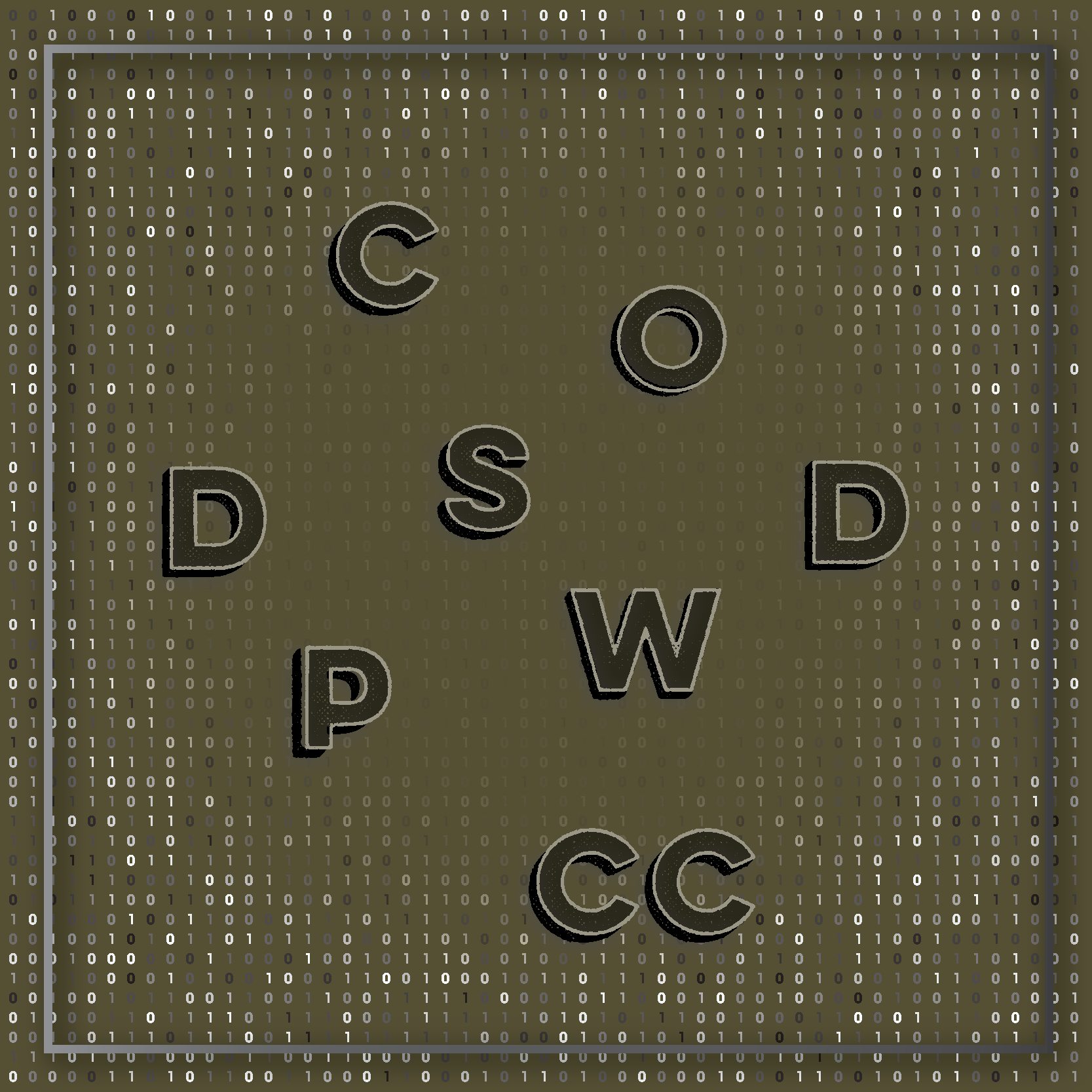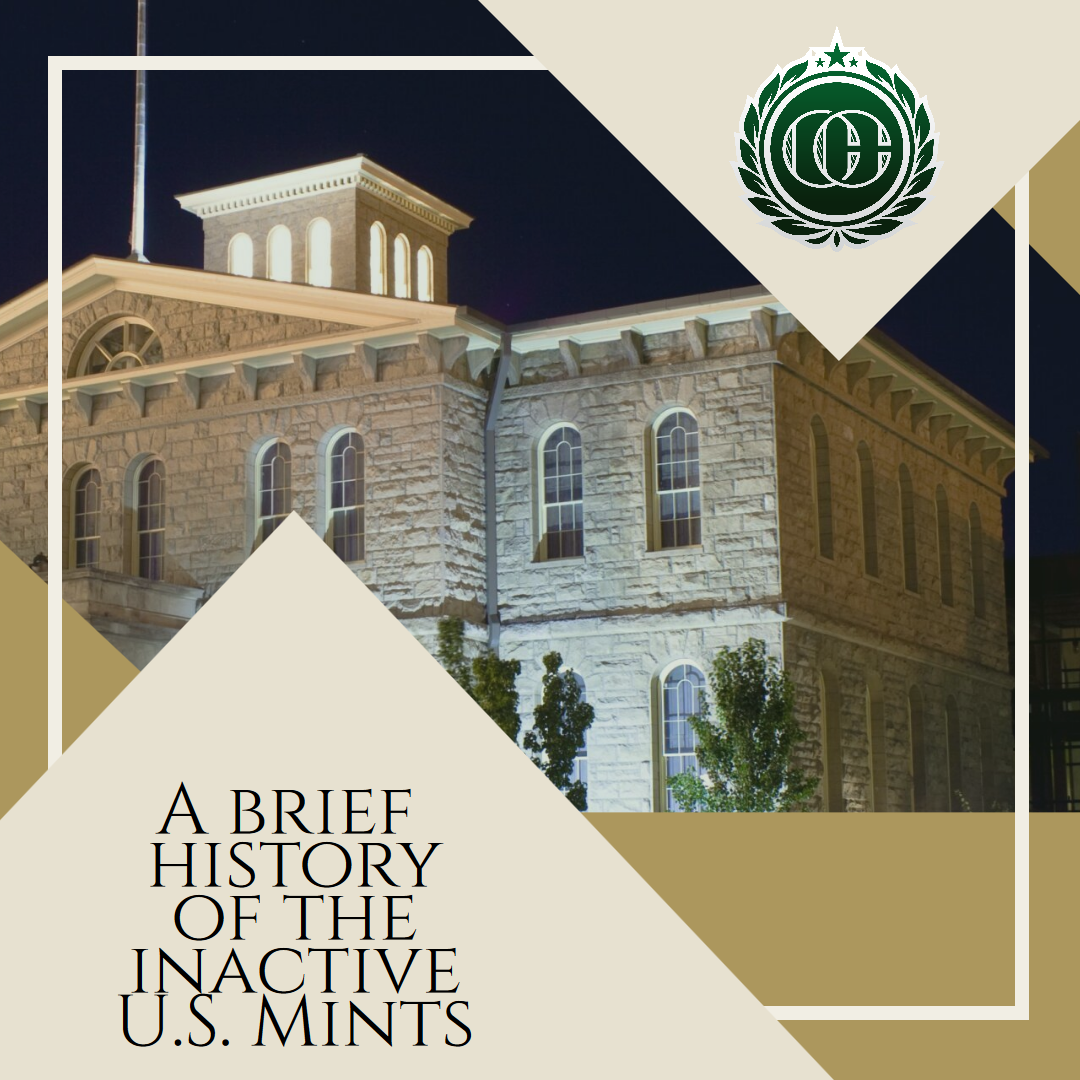How Coins Are Made in America

Reposted with permission from Coinsforsale.com
The ordinary American may not think twice about how their money is manufactured, but coin collectors and numismatists are fascinated by the minting process. If you want to advance in the numismatic industry or discover fascinating information to amaze your friends, you should understand more about how coins are made.
The United States Mint produces the country's circulating coins, bullion, and collector coins. The Mint includes four production facilities in Philadelphia, Denver, San Francisco, and West Point and produces coins using a range of machinery and procedures. Although the process is complex due to the machinery needed to make billions of coins, there are a few procedures that every mint worldwide follows.
A Brief History of the U.S. Mint
The U.S. Mint has a long and fascinating history that dates back to the late 18th century. Congress founded the Mint in 1792 with the primary purpose of producing a stable and uniform national currency. This was an important milestone in the formation of the United States, since it aided in promoting commerce and trade among the states.
The United States Mint has seen several adjustments and developments over the years. For example, the Mint began employing steam-powered presses to manufacture coins in 1873, significantly increasing its output capacity. The Mint developed new technologies, like automated coin-making equipment, throughout the twentieth century, allowing even more efficiency and precision.
Today, the United States Mint remains an important institution in the country, producing high-quality coins that are used by people all around the country. The Mint produces a wide range of collectible coins, which are highly sought after by numismatists and coin collectors, in addition to its traditional job of minting coins for circulation.
Designing the Coin
The minting process begins with the design of the coin. The U.S. Mint works with the Treasury Department and other agencies to develop designs for new coins, and Congress must approve them before they can be produced. Once a design has been approved, the Mint begins creating the dies that will be used to strike the coins.
Creating the Die
The dies are made by engraving the coin design onto a steel disc, and this process is done by hand using a pantograph machine. The finished dies are then hardened and tempered to make them strong enough to withstand the high pressures of the minting process.
Striking
Once the dies are ready, the Mint begins producing the coins. This is done using a series of machines that first cut the metal blanks, or planchets, to the correct size and shape. The blanks are then fed into the coining press, where the dies strike them at high speed. This process creates the raised design on the coin, the lettering, and other details.
After the coins are struck, they are inspected to ensure they meet the Mint's high-quality standards. The coins are then cleaned and polished and finally packaged for distribution. The entire minting process is highly automated, and the U.S. Mint can produce millions of coins daily.
Conclusion
In conclusion, the minting process is a complex and fascinating process carried out by the U.S. Mint. From the coin's design to the final inspection, each process step is carefully controlled to ensure that the Mint produces high-quality coins that symbolize the United States.
At Coins for Sale, we can help you select the coins you most want to add to your collection. We offer a variety of collectible coins, including gold and silver coins, proof sets, and commemorative coins. These coins are a great addition to any collection and make for a unique and thoughtful gift. Try Coins For Sale and see what you've been missing.




